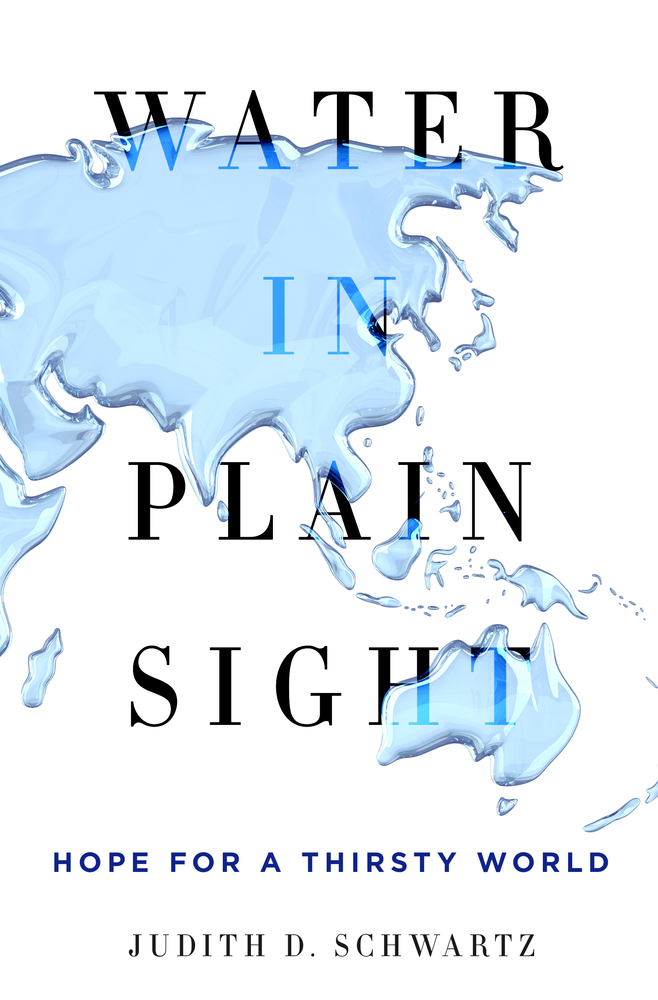When writer Judith Schwartz learned that soil carbon is a buffer
for climate change, her focus as a journalist took a major turn. She was
covering the Slow Money National Gathering in 2010 when Gardener’s
Supply founder Will Raap stated that over time more CO2 has
gone into the atmosphere from the soil than has been released from
burning fossil fuels. She says her first reaction was “Why don’t I know
this?” Then she thought, “If this is true, can carbon be brought back to
the soil?” In the quest that followed, she made the acquaintance of
luminaries like Allan Savory, Christine Jones and Gabe Brown and
traveled to several continents to see the new soil carbon paradigm in
action. Schwartz has the gift of making difficult concepts accessible
and appealing to lay readers, and that’s exactly what she does in Cows Save the Planet And Other Improbable Ways of Restoring Soil to Heal the Earth, which Elizabeth Kolbert called “a surprising, informative, and ultimately hopeful book.”
For her most recent project, Water in Plain Sight: Hope for a Thirsty World,
Schwartz delves into the little-known role the water cycle plays in
planetary health, which she illustrates with vivid, empowering stories
from around the world. While we might not be able to change the rate of
precipitation, as land managers we can directly affect the speed that
water flows off our land and the amount of water that the soil is able
to absorb. Trees and other vegetation are more than passive bystanders
at the mercy of temperature extremes — they can also be powerful
influences in regulating the climate.
The week after this interview was recorded, Schwartz travelled to
Washington, D.C., to take part in a congressional briefing on soil
health and climate change organized by Regeneration International. As a
public speaker, educator, researcher and networker, she has become
deeply engaged in the broad movement to build soil carbon and restore
ecosystems.
Read more....

